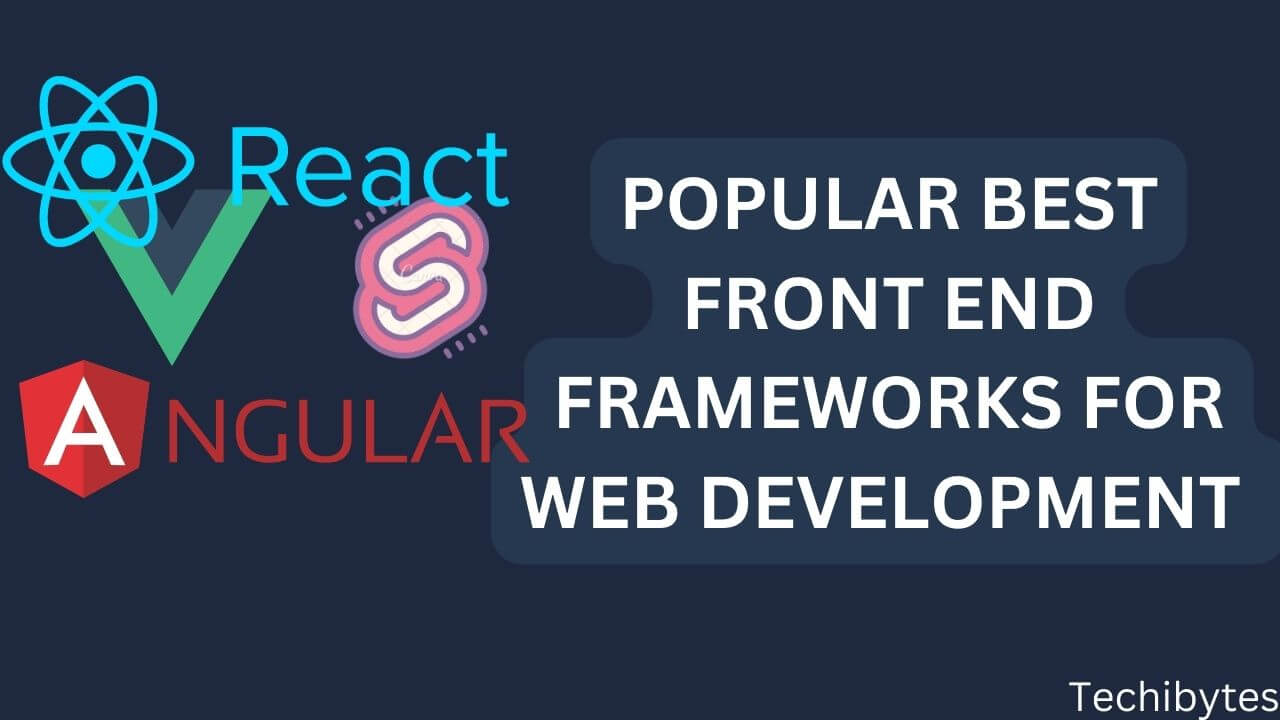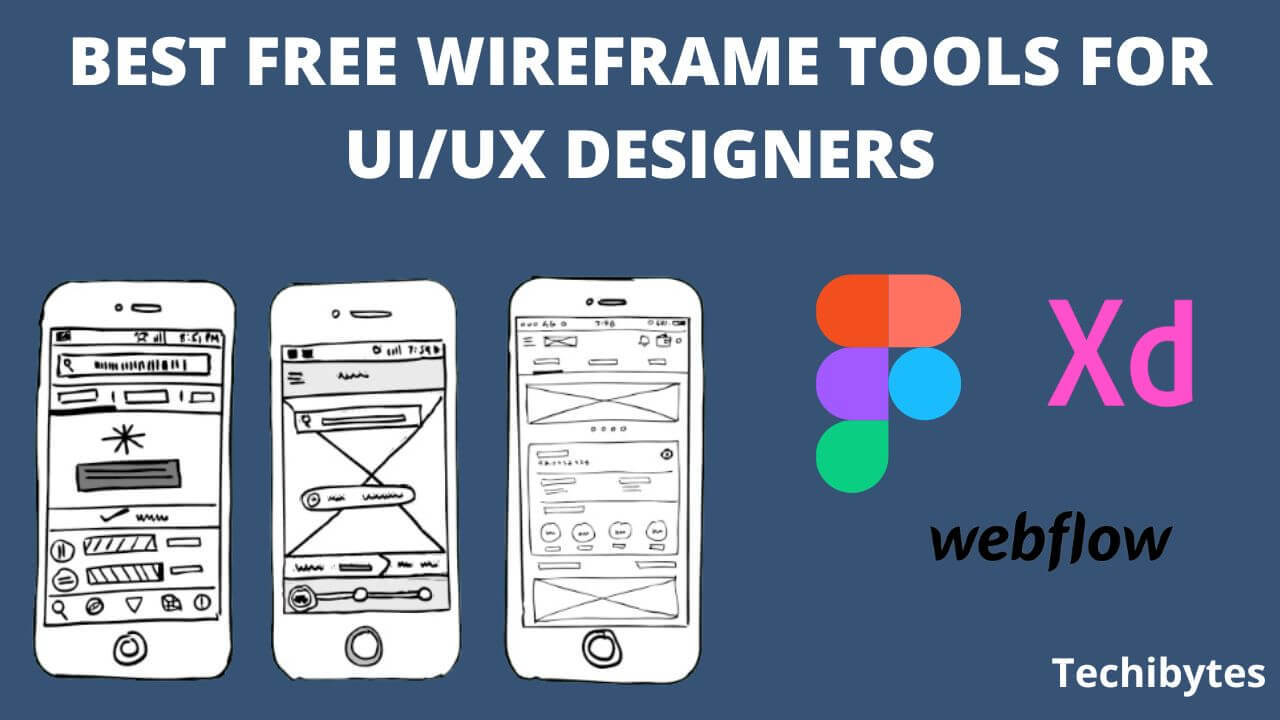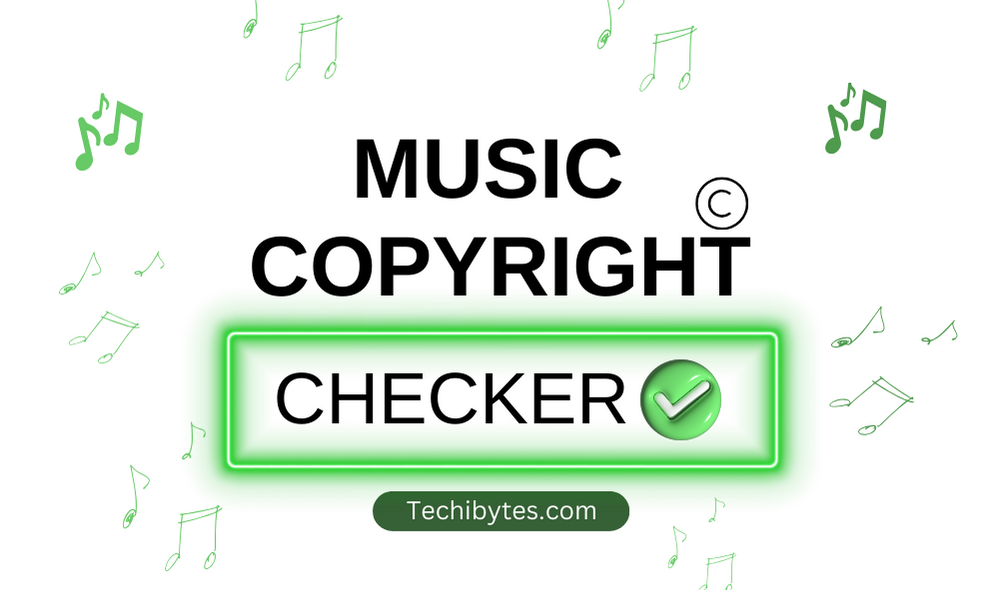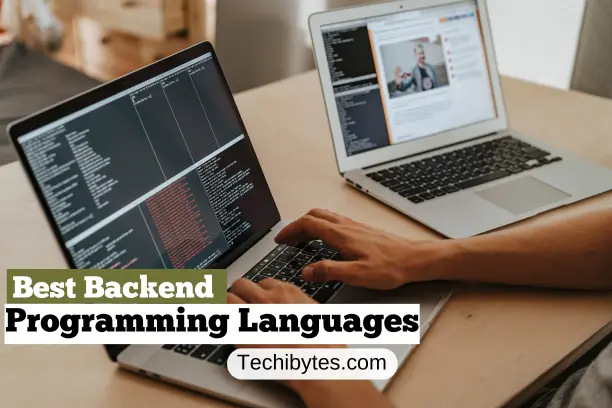A typical web application needs a front end and a back end to work effectively. While the former deal with the portion of the website you can see and interact with, the latter deals mostly with what goes on behind the scenes. If you choose to go into either field, there are tons of tools and resources to help you.
One such tool is a framework; a structural template for developers building a website to prevent them from writing code for the same function again and again. There are frameworks in pretty much every category of development, and front-end web development is certainly not an exception.
If you’ve noticed, only a few frameworks come up in any discussion about the best front end frameworks for web development. However, popular doesn’t always equal good, and to be a decent web developer, you need to use the best tools. This article will outline 11 of the best front end frameworks for web development in 2023.
Table of Contents
What are Frameworks?
Frameworks are simply precoded structural components that guide developers to build intuitive websites. The process of developing a new website is already complicated as it is; what could make it more complex is having to write the code for every new website from scratch.
Not only will that be time-consuming, developers will also have to write the same code multiple times, as they struggle to integrate features from other websites.
Frameworks and libraries came around to solve this pertinent issue. However, while libraries mostly let you plug features into a website, a framework takes control of the website, helping to shape the website’s structure and behavior. The following section will cover the differences between libraries and frameworks in more expansive detail.
With that said, it’s pretty clear that web front-end frameworks help you develop the user interface for web applications.
There are tons of them available, with the most popular being Angular, React, and Vue. Later in this article, you’ll learn more about the best front end frameworks individually and why you need to use them.
Check out this Web Developer Course
Are Frameworks the Same as Libraries?
As a beginner web developer, you may have heard of libraries being used interchangeably with frameworks, which implies that they have a couple of similarities. That begs the question: are frameworks the same as libraries?
As you might have guessed, there’s a lot of overlap between frameworks and libraries, as they’re both prebuilt structural templates that help developers build websites faster. However, there are several differences between them, enough to make them two distinct terms.
According to FreeCodeCamp, the main technical difference between frameworks and libraries is the inversion of control. In short, a library puts you in charge, while a framework is in charge; the latter requires you to make inputs, but it decides when to use them.
From that, you may already be able to tell that frameworks are significantly more complicated than libraries. In some cases, a framework may use several libraries to achieve all the features it needs. The following section will outline the best front end frameworks for web development.
Best Frontend Frameworks for Web Development
As a front end web developer, you don’t need to be an expert in all frameworks to build decent websites. However, choosing the best framework for you requires you to analyze most of the available options. To help with your analysis, here are the 9 best front end frameworks for web development that matter.
1. React
React is officially one of the most popular front end frameworks for web development, making it the default option for many new developers. It was developed by Facebook in 2011, with many features that make the process of building webpages easier.
While React is often classified as a library, it tends to do just as much as some of the most popular frameworks on the market, leading to it being compared to frameworks. Today, most developers agree it’s a mini framework, and it’s one of the best in what it does.
The main reason why you may want to try React for web development is the massive user base. If you have an issue with the framework, all you need to do is ask, and the over 3 million React users will be ready to supply an answer.
Apart from that, it’s much easier to understand than traditional templates, as it was initially designed to be a library. Finally, React has helpful dev tools that any other framework on the market doesn’t match at the moment, so, why not React?
2. Angular
The most popular alternative to React is AngularJS, Google’s front end framework for web development. While most of the best front end frameworks you’ll see will be based on JavaScript, Angular is based on TypeScript, making it a bit different from the others.
Angular has a couple of benefits for coders, one being the massive reduction in code size, thanks to innovative features like the framework’s two-way data binding. It also has reusable components with easy management, and if you ever need any help, the huge community is always there to help out.
If you’re considering starting your front end web development journey with Angular, you may want to reconsider. The framework has a steep learning curve, which isn’t what a beginner wants in a web tool. Also, Angular has lots of bloated components that make it large in size, potentially slowing down websites that use the framework.
3. Vue.js
Vue.js is the most popular JavaScript that isn’t from a big tech organization like Facebook or Google. The framework was created in 2014 by Evan You, who is coincidentally worked on Angular during his stint at Google before creating the framework.
Vue’s biggest strength is probably its size; the entire framework is only 18kb. Thanks to the negligible size, loading it locally usually has no measurable impact on a website’s performance. In addition to that, it’s also easier to learn and work with than Angular and some of the other best front end frameworks.
Apart from Angular and React, Vue.js is the only other front end framework for web development that has a huge user base.
4. Svelte
Svelte is one of the lesser-known frameworks that’s capable of holding a candle to the three big boys: Angular, React, and Vue. While it’s a perfectly scalable framework, the absence of a robust community support system makes it unsuitable for large and complex projects where you’re likely to run into issues.
The developers behind the framework claim that it’s faster than React, Angular, and most other front end frameworks for web development, and theoretically, it should be. However, the other factors that contribute to the performance of a website make it impossible to verify or debunk that claim conclusively.
Svelte is perfect for developers that have worked with different JavaScript libraries, as it borrows a lot of concepts. While Svelte seems like one of the best front end frameworks, it’s still only good for beginners and enthusiasts until it grows more popular.
5. Backbonejs
Backbonejs focuses on helping users develop one-page web applications without unnecessary complexities or overhead. It’s pretty easy to learn, probably because nobody’s willing to spend months learning to create a web app with a single page. Since it’s easy to learn, it’s also lightweight, allowing you to develop complex single-page websites with ease.
Backbonejs makes you do a lot, forcing you to write more code to compensate for what the framework doesn’t handle. For instance, you’ll always need to write a boilerplate to connect the model to the view or vice versa. While that gives you more control over what you’re building, it also forces you to write more code, which somehow defeats the purpose of a framework.
It’s possible to adapt Blackbonejs to build complex apps with multiple pages, but that’s analogous to the case of the carpenter driving in nails using a stone; it works, but a hammer is always better. In this case, you’re better off using something like Angular or Vue.
6. Emberjs
If you have some background in Angular but you’re after a faster and less bloated alternative, Emberjs is your best bet. The framework takes lessons from Angular with its two-way data binding. While it’s quite flexible and suitable for different types of websites, it also borrows some of the bad qualities of Angular.
For one, Emberjs is not easy to learn. Its learning curve is nearly as steep as that of Angular while being less powerful. While it’s a bit smaller in size, it’s still unnecessarily large for what it does. When you look at the drawbacks of the framework, you can only wonder: why not use Angular instead?
If you plan to build a complex web app without time constraints and a large team, Emberjs works pretty well for that, but the scenario is almost never that favorable. Until Emberjs offers something unique that sets it apart from other frameworks, it will remain a second-class alternative to Angular.
7. Foundation
While Foundation sounds like something targeted at beginners, the framework is nowhere near that. It’s one of the few JavaScript frameworks recommended specifically for developers working on enterprise-level web applications, and it seems to do the work pretty well. Like most other enterprise tools, Foundation focuses less on being easy to use, and more on being functional.
Developers building web apps using Foundation should hope they don’t come across serious bugs, as the community support is just not there, which is to be expected. It’s also not easy to learn, as there are few resources teaching the frameworks, both online and offline, giving it a high barrier to entry.
With all these disadvantages, however, Foundation qualities to be one of the best front end frameworks because it has no serious competitors in its category. If you need to assemble a team of front end web developers that specialize in developing enterprise web apps, Foundation is your best friend.
Conclusion
There are enough front end frameworks for web development to help you with anything you may want to build as an aspiring developer. Choosing one that works requires knowing its strengths and weaknesses, and this article outlines the qualities of the most popular front end frameworks.
If you liked this article, then please subscribe to our YouTube Channel for videos. You can also find us on Twitter and Facebook.










